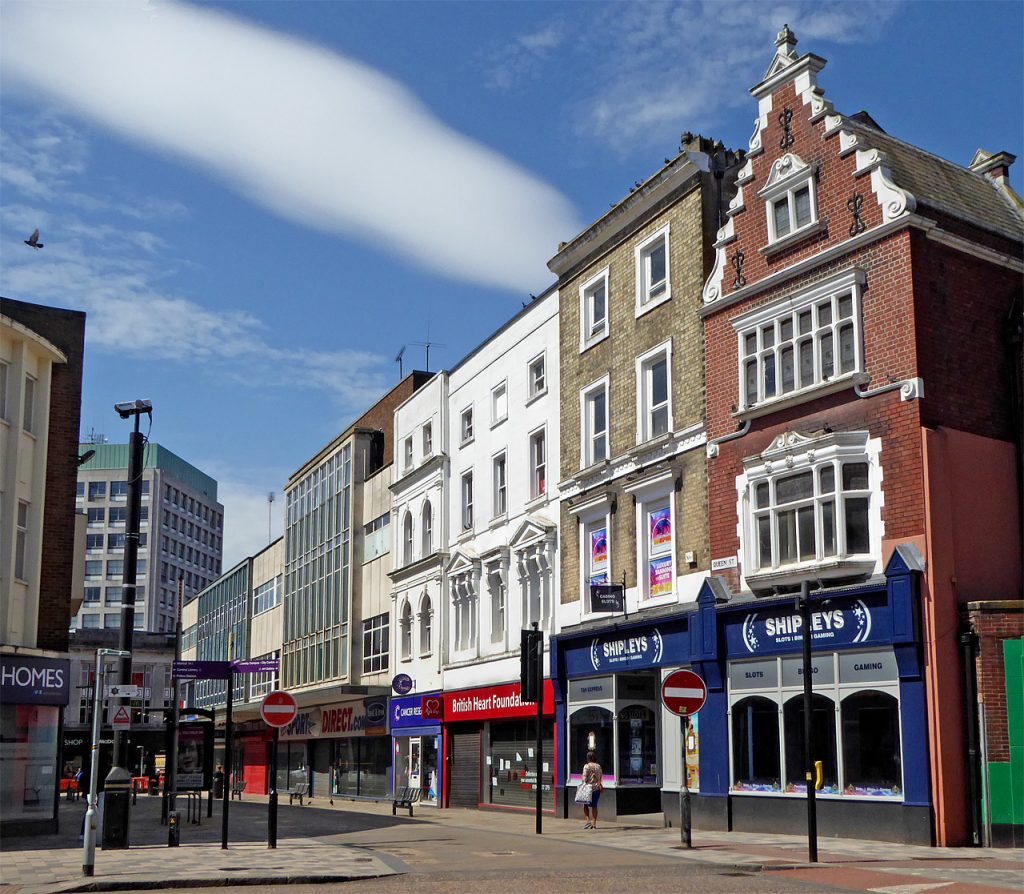And, it’s sad to see, especially as recent polls have proved that shoppers do indeed value and care about their high street.
The high street has always been at the heart of community and whatever your age, you’re sure to have happy memories of strolling into town with your parents to pay a visit to your favourite toy store or sweet shop. Indeed, the high street has played an important role in all of our lives.
Shopping parades developed in the 1860s and 1870s, and from their Victorian origins became increasingly important for communities over the years, with an area’s identity often defined by its high street. In fact, ‘High Street’ is the most common street name in the UK, which certainly underlines their importance.
So, how did things get so bad for the high street in recent years? It seems that there are several factors to blame:
Online shopping
With cheaper prices, convenient delivery options and a seemingly infinite selection of products, it’s not surprising that online shopping has wooed consumers, leaving the high street unable to compete.
Rising Costs
High rents, rising business rates and rocketing energy costs all add an extra burden to struggling retailers, especially small independent businesses on the high street.
Out-of-Town Shopping Centres and Retail Parks
Offering convenience, larger stores and free parking, shopping centres and retail parks have lured shoppers away from the high street, which has had a significant impact.
The Cost of Living Crisis
Shoppers have been hit hard by the cost of living crisis and with less disposable income available to them, they have become more cautious with their spending.
Over-Saturation and Lack of Choice
There are many high streets that have become over-saturated with shops, leading to intense competition between businesses and a distinct lack of unique offerings for consumers.
Is there any hope for the future? Well, it seems that there is, provided that the high street can evolve. Rather than been built around the traditional shopping experience, high streets can attract footfall by transforming into vibrant places for leisure, local experiences and social activities.
Community involvement and support is key to providing a future for the high street too, as well as ensuring the backing of local authorities and government initiatives.
Embracing technology and working with internet shopping can offer longevity for the high street if a hybrid model can be created. Free in-store collection and click-and-collect type initiatives can bridge the gap between physical and online shopping.
In short, the high street needs to be able to adapt to ever-changing customer preferences and trends and take an innovative approach. Let’s hope it can survive!

